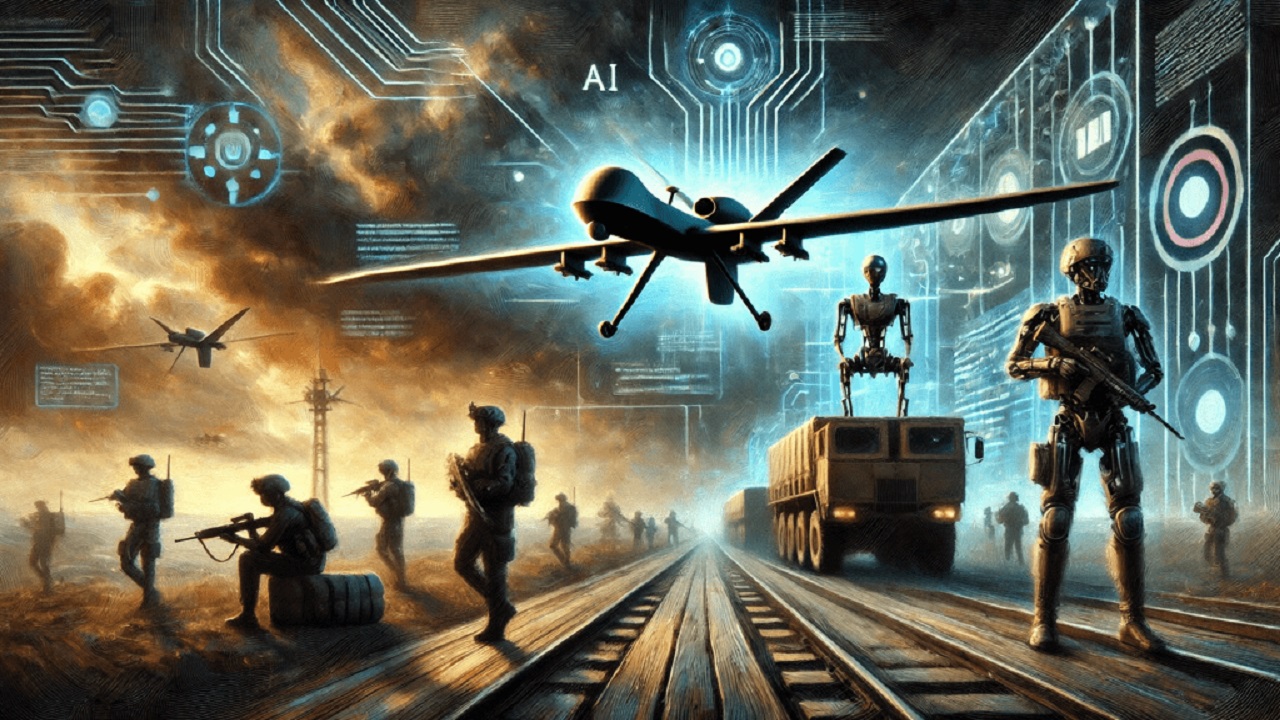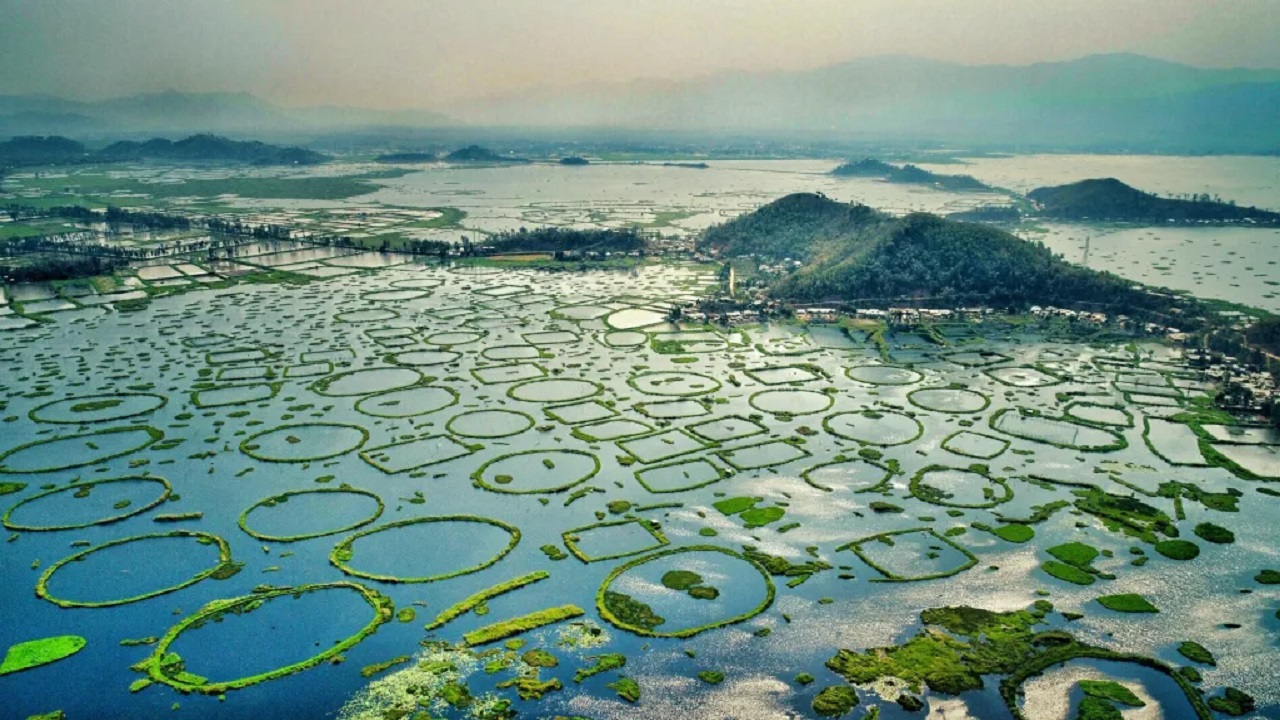AI and the Future of Warfare: India’s Strategic Challenge
Context
With the emergence of Artificial Intelligence (AI) as a transformative force in global security, warfare is no longer limited to physical combat. Countries like China are swiftly integrating AI into their defence systems, reshaping modern military strategies.
This shift poses strategic and technological challenges for India, especially in terms of AI deployment, energy security, and multi-domain military preparedness.
AI’s Role in Modern Warfare
-
AI is redefining warfare by enabling:
-
Autonomous weapon systems
-
Real-time data-driven decision-making
-
Advanced cyber and electromagnetic warfare
-
-
The effectiveness of AI systems depends on:
-
Large-scale data processing
-
High computing power
-
Reliable and uninterrupted energy supply
-
China’s Lead in Military AI Deployment
-
Even before its DeepSeek AI model, China’s People’s Liberation Army (PLA) began integrating AI under the concept of “intelligentised warfare.”
-
Key developments:
-
AI-enhanced artillery systems now fire faster and more accurately.
-
Generative AI is integrated into drones to autonomously locate and strike enemy radar.
-
DeepSeek is expected to further expand PLA’s AI capabilities across all military branches.
-
China-Pakistan Military AI Collaboration: A Strategic Concern
-
China is actively supporting Pakistan’s Centre of Artificial Intelligence and Computing (CAIC), set up in 2020.
-
Experts note:
-
Focus areas include cognitive electronic warfare and AI-based decision-making.
-
During Operation Sindoor, Pakistan possibly used:
-
AI-powered systems for real-time targeting
-
Chinese satellite data and analytics for vector tracking
-
-
-
This collaboration amplifies the strategic threat for India.
C4ISR and the Need for Civil-Military Fusion in India
-
China is advancing rapidly in multi-domain operations, combining:
-
Command, Control, Communications, Computers, Intelligence, Surveillance, and Reconnaissance (C4ISR)
-
Virtual domains like cyberspace, space, and electromagnetic spectrum
-
-
India must:
-
Strengthen civil-military tech integration
-
Enhance indigenous capabilities in AI and cybersecurity
-
Energy: The Hidden Backbone of AI-Driven Warfare
-
AI applications require:
-
Continuous and high-capacity power supply
-
Energy to run data centres handling military operations across land, air, sea, space, and cyberspace
-
-
Technologies like machine learning, big data, and NLP depend on:
-
Stable and scalable electricity
-
-
Nuclear energy is seen as a reliable solution to power these critical systems.
India’s Nuclear Energy Shortfall: A Strategic Limitation
-
India’s nuclear power capacity is just 7.5 GW, only one-third of South Korea’s.
-
Key concerns:
-
Insufficient to support future AI-powered defence systems
-
Overdependence on renewables without effective storage
-
Past reduction in thermal capacity has destabilised the power grid
-
-
Solutions suggested:
-
Install Small Modular Reactors (SMRs) near AI defence centres
-
Encourage private sector investment in thermal and nuclear energy
-
India’s Early Start in Military AI
-
India initiated AI defence research in 1986 through DRDO’s Centre for Artificial Intelligence and Robotics (CAIR).
-
Focus areas:
-
Combat automation
-
Logistics optimisation
-
Surveillance systems
-
-
However, China’s rapid progress and its strategic AI partnerships have outpaced India's early efforts.
Global Examples: Lessons from Ukraine and Israel
-
Ukraine has deployed AI-enabled drones during conflict.
-
Israel used the “Lavender” AI system to identify over 37,000 Hamas targets in the Gaza conflict, regarded as the first AI-driven war.
-
These examples underline how AI is already operational in modern conflicts.
Conclusion
The future of warfare is increasingly defined by Artificial Intelligence, but its success depends on robust energy infrastructure.
For India, it is critical to:
-
Invest in AI development
-
Reduce dependence on external tech and energy
-
Ensure energy security through nuclear and thermal capacity
This will enable India to remain strategically autonomous and competitive in the evolving global security architecture.



.jpg)
Comments (0)